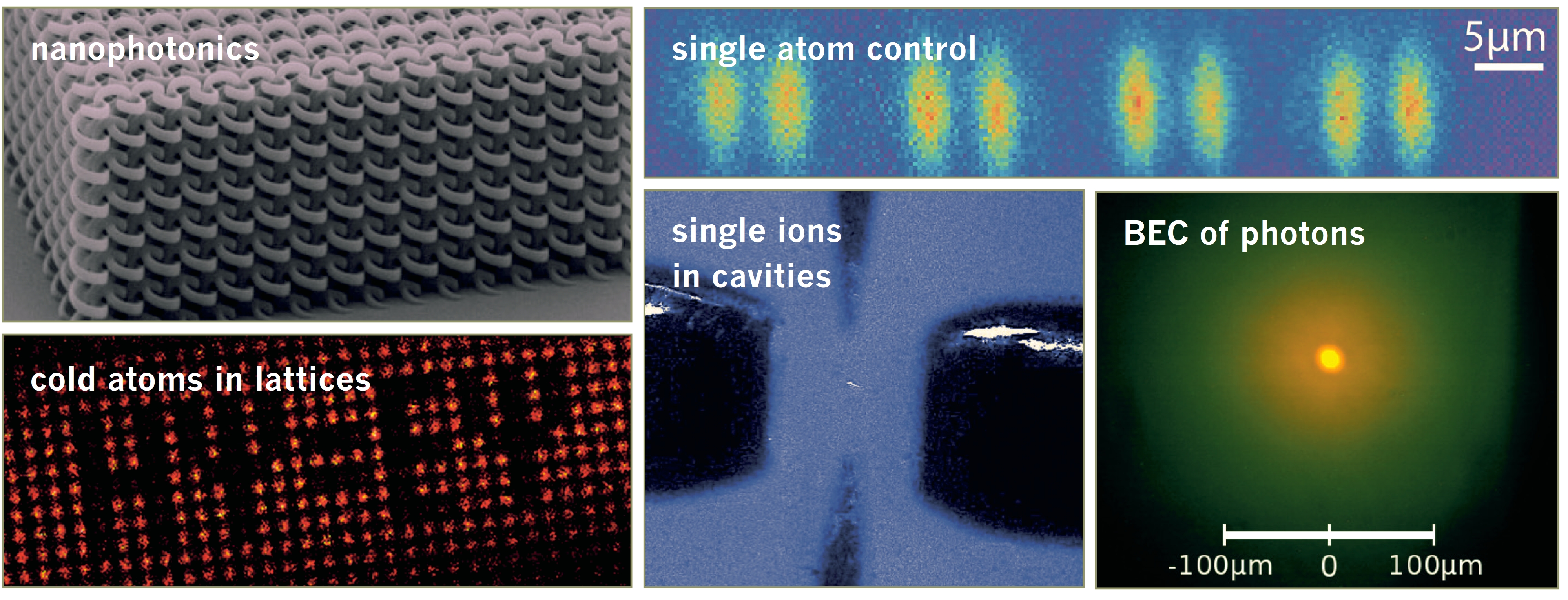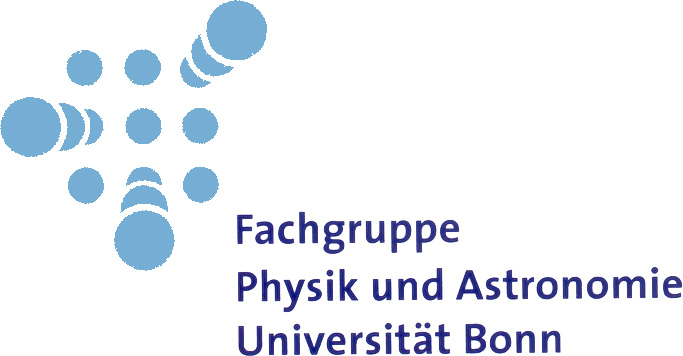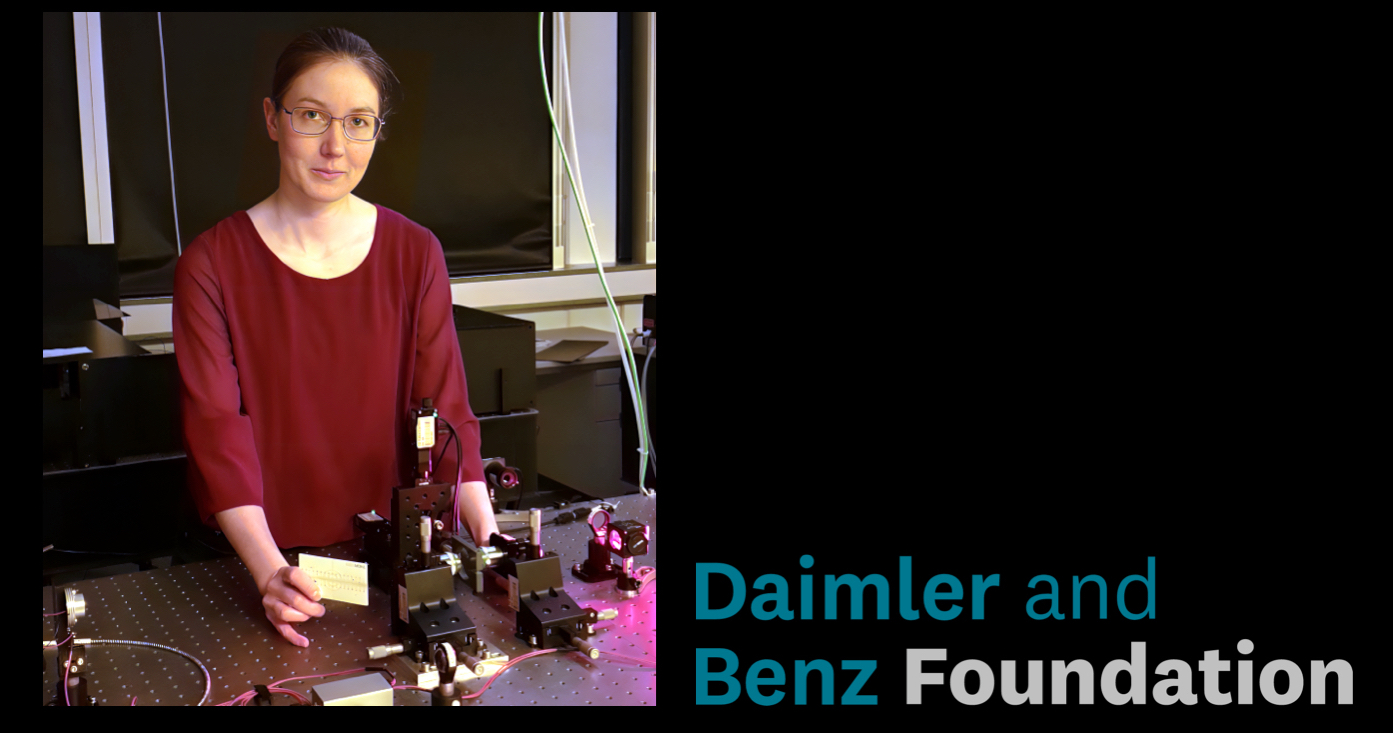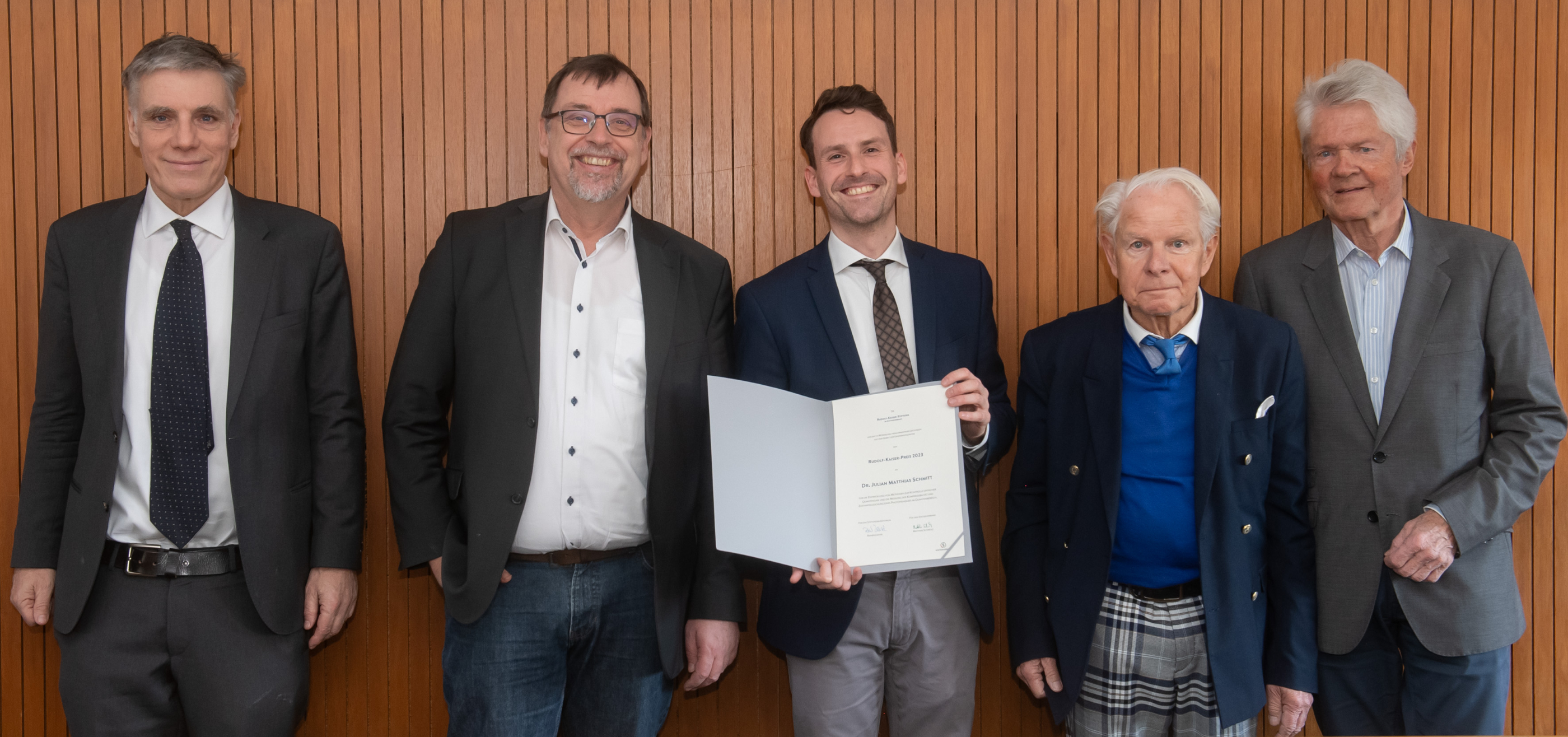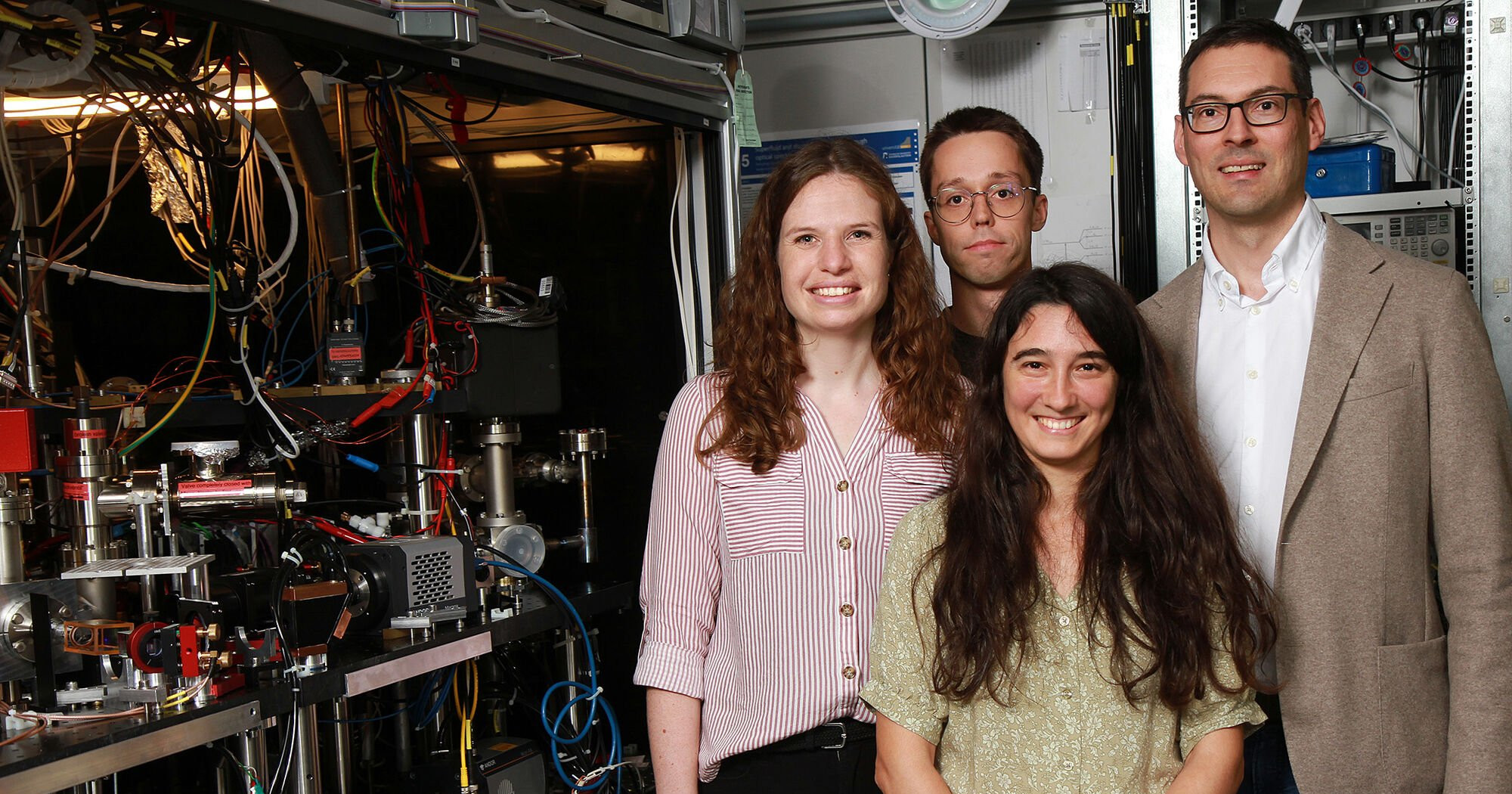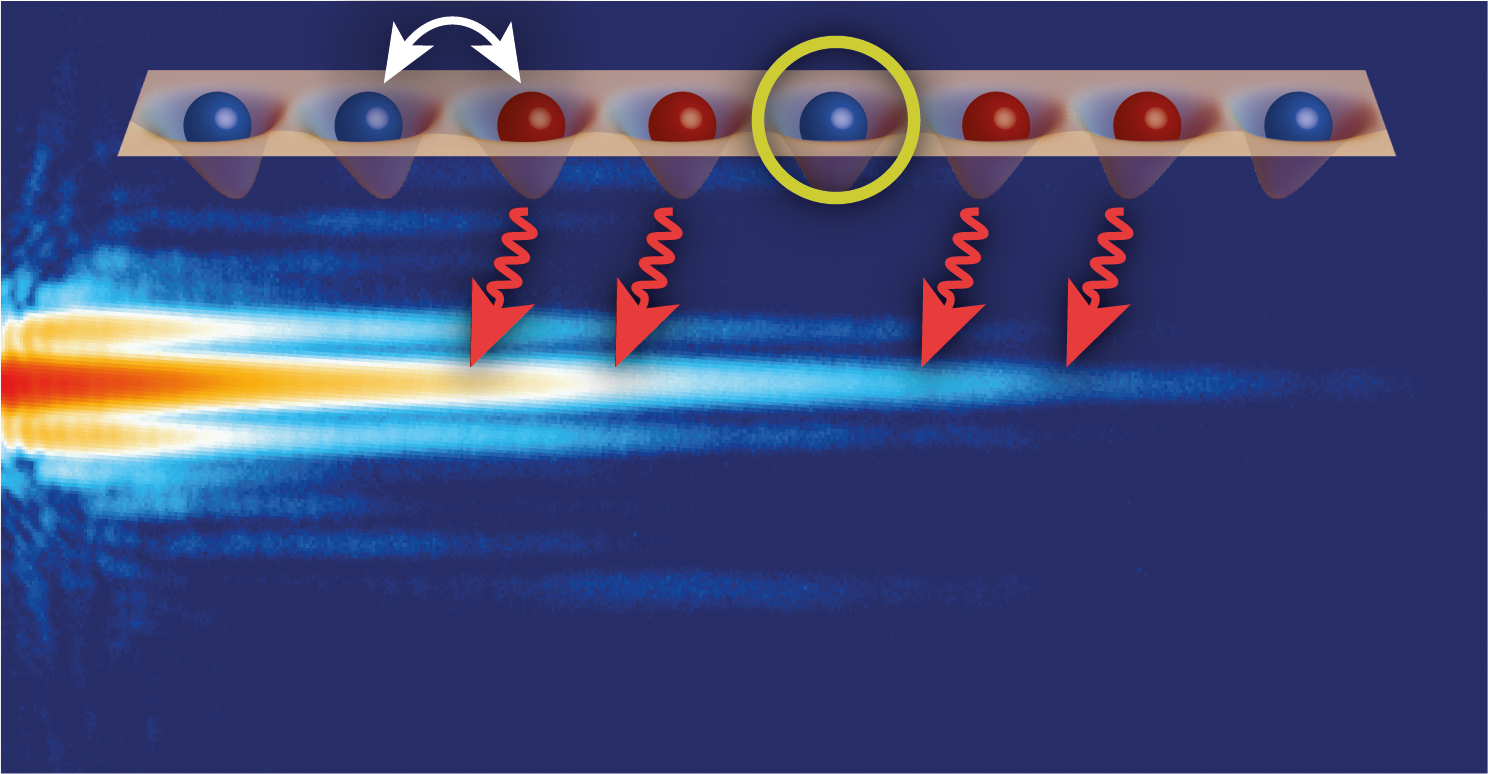Collaborative Research Center SFB/TR 185 "OSCAR": Open System Control of Atomic and Photonic Matter
The collaborative research center OSCAR will explore the physics of open systems, i.e. the physics resulting from external time-dependent drive and coupling to tailored reservoirs, in a comprehensive way across different experimental platforms. This comprises the generation of otherwise unreachable quantum states, the protection of unstable quantum states, and the control of dynamical and transport processes by environments. We aim to understand the underlying mechanisms of open systems and to exploit them as new tools for quantum control going far beyond what is possible in closed systems. To this end, we will also combine open-system control and topological protection.
The physical realizations of choice are atoms and photons for which the technology of coherent manipulation and detection are most advanced and the microscopic control and understanding of system and environment is possible. This will thus allow us to answer fundamental questions and explore new approaches under excellently controlled conditions. Quite generally, open-system control is a versatile concept and we expect that the insights we will gain for AMO systems can be readily and successfully transferred to other physical platforms in order to open up new avenues for applications in technology and new device functionalities.
The research program is structured in three research areas, pursuing complementary approaches towards the overall scientific goals. Research area A “Few-body quantum systems and environments” employs a bottom-up approach much in the tradition of atomic physics and quantum optics. Research area B “Control of quantum many-body systems by environments” targets the competition between the coupling to environments and the internal dynamics of interacting quantum many-body systems. Research area C “Topological quantum states in atomic and photonic systems” develops basic tools to create and detect topological states in atomic and photonic systems. Exploiting the capabilities of time-periodic driving and coupling to reservoirs, we will be able to go beyond the borders of conventional topological systems. Our vision is to lay the groundwork for practical implementations of open-system control of topological systems and to establish a new and more general approach to topological protection.
The physical realizations of choice are atoms and photons for which the technology of coherent manipulation and detection are most advanced and the microscopic control and understanding of system and environment is possible. This will thus allow us to answer fundamental questions and explore new approaches under excellently controlled conditions. Quite generally, open-system control is a versatile concept and we expect that the insights we will gain for AMO systems can be readily and successfully transferred to other physical platforms in order to open up new avenues for applications in technology and new device functionalities.
The research program is structured in three research areas, pursuing complementary approaches towards the overall scientific goals. Research area A “Few-body quantum systems and environments” employs a bottom-up approach much in the tradition of atomic physics and quantum optics. Research area B “Control of quantum many-body systems by environments” targets the competition between the coupling to environments and the internal dynamics of interacting quantum many-body systems. Research area C “Topological quantum states in atomic and photonic systems” develops basic tools to create and detect topological states in atomic and photonic systems. Exploiting the capabilities of time-periodic driving and coupling to reservoirs, we will be able to go beyond the borders of conventional topological systems. Our vision is to lay the groundwork for practical implementations of open-system control of topological systems and to establish a new and more general approach to topological protection.
